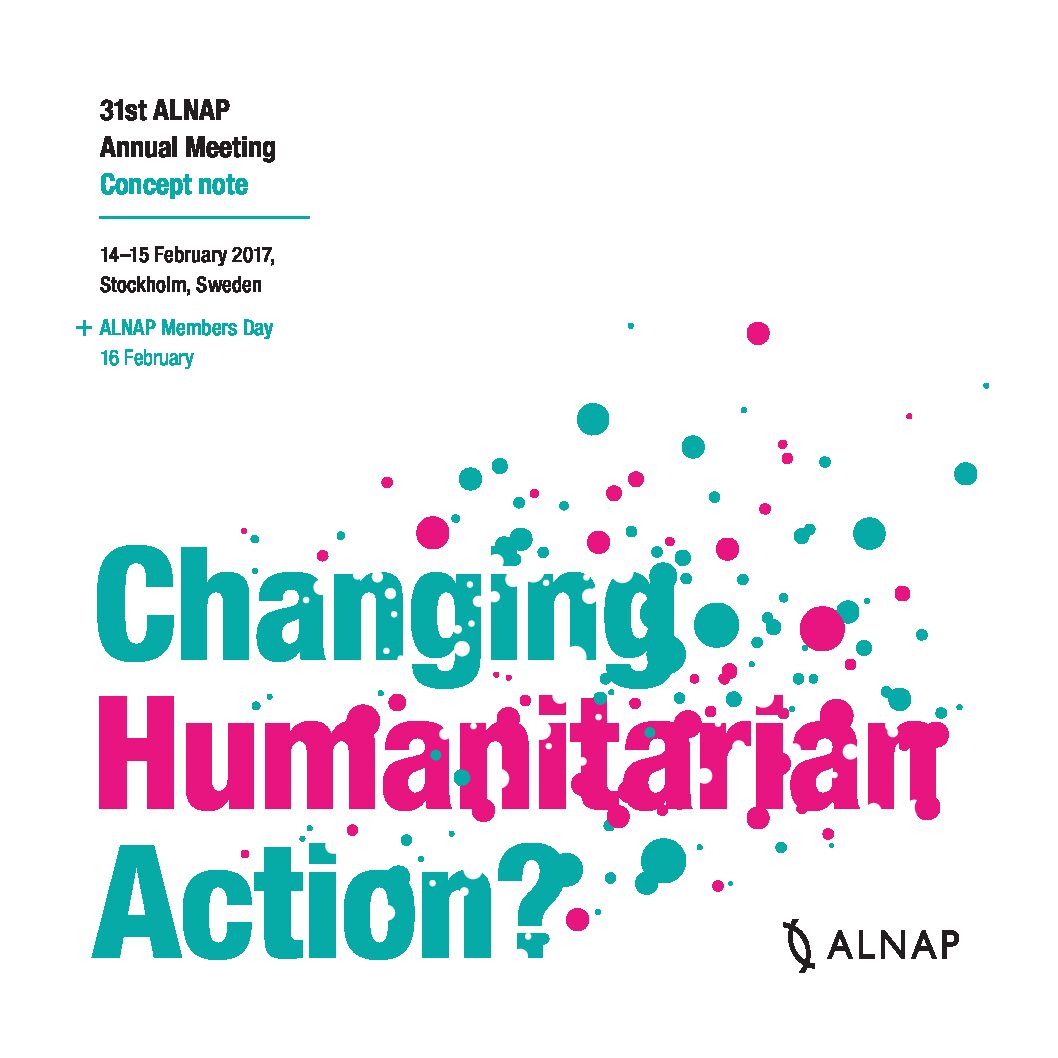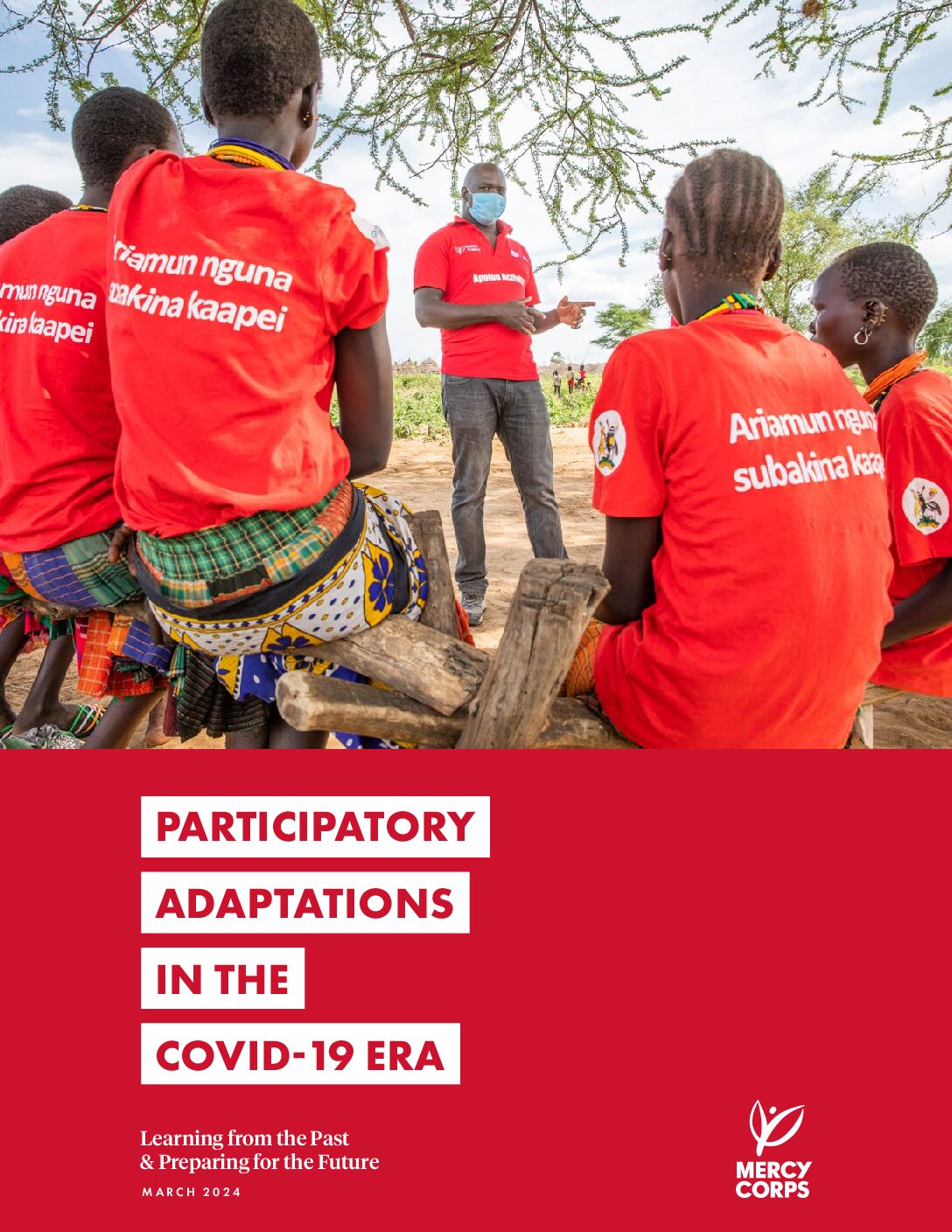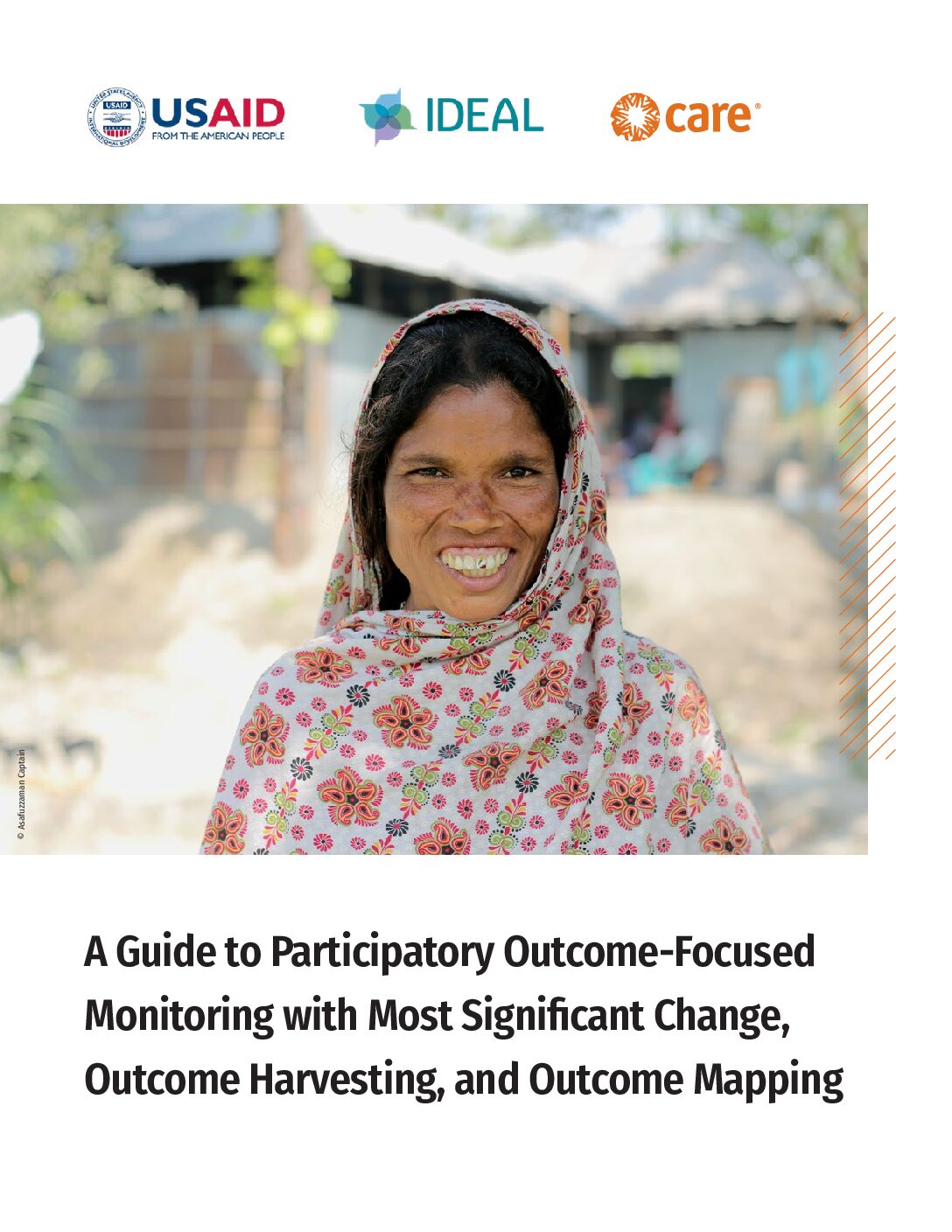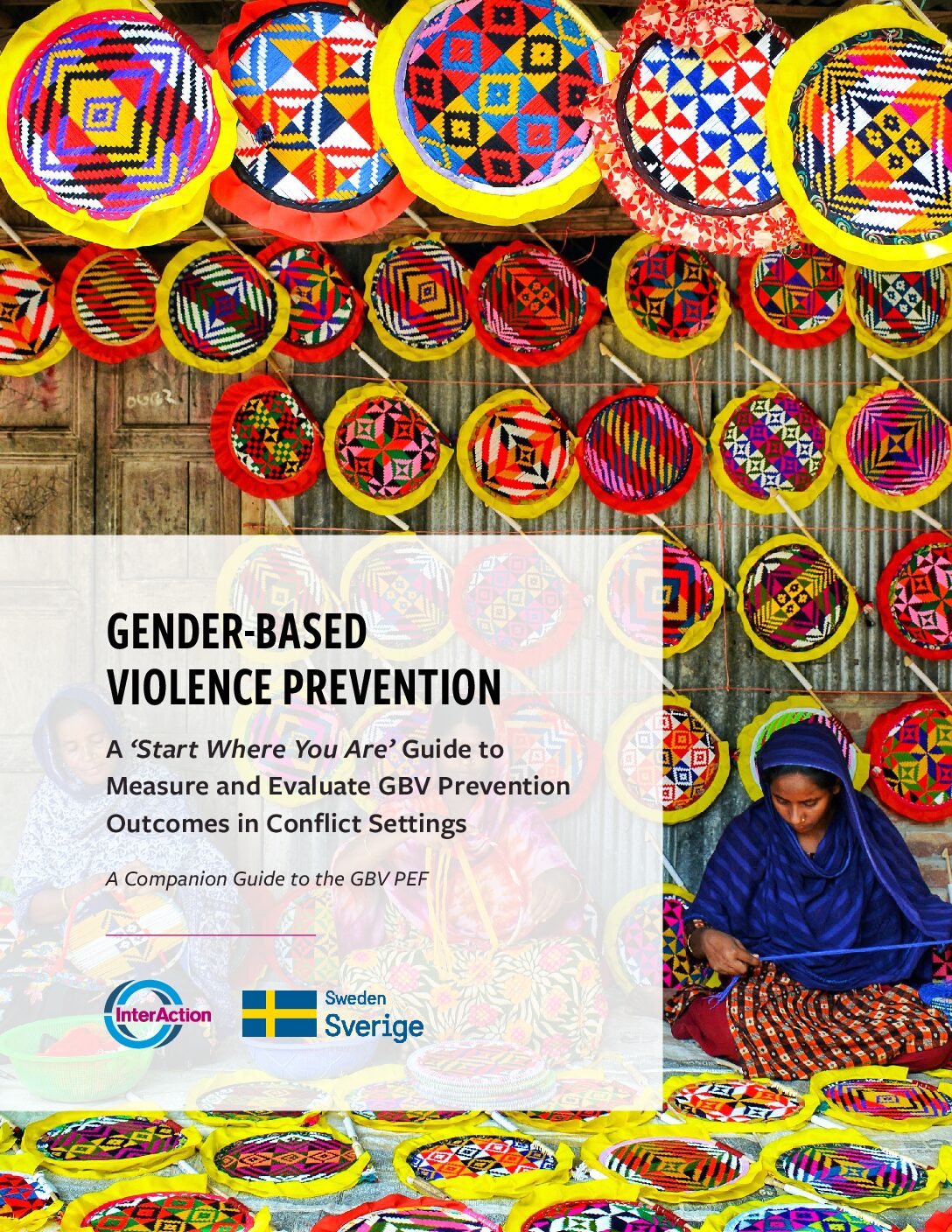This working paper, prepared in advance of the Annual ALNAP meeting in Sweden, primarily attempts to reassess the assumptions of how ‘change initiatives’ actually transform the humanitarian ‘system’, seeking to clarify both how change happens and how change can be supported.
The most relevant insights for results-based protection include:
- Change can be differentiated by types and levels.
- Different dimensions of the humanitarian system can be targeted (i.e. actors involved in activities, objectives, methods and approaches used, and the location, context and timing of humanitarian work).
- The design of change activities can aim at different levels, such as staffing, technologies, procedures, or organizational structure.
- The depth of change can either be superficial or attempt to address deeper and less accessible elements.
The degree and speed of change expected can differ according to how different the ‘end state’ of change is expected to be.
Change can also be thought in terms of the distance between the object of change and the people designing the change process and whether the direction of change is coming from outside or from within the system.
- Conventional metaphors (machine, market, political economy) of the humanitarian system can produce misleading models of change. For instance, the standard policy-led model of the humanitarian system as a machine in which change is a linear and rational process turns the process of change into a ‘project’ with defined activities and outputs; whereas alternative metaphors and models of the humanitarian system can clarify what conventional models hide. Viewing the humanitarian system as a society, for example, helps clarify how politics and humanitarian culture can inhibit change. Viewing it as a complex adaptive system explains why change is often nonlinear, rapid, and often unpredictable. Viewing the humanitarian system as a mind brings to light different forms of resistance to change.
- Change initiatives must engage with culture, particularly if deep and fundamental changes are desired. Some of the possible cultural barriers discussed in this paper include: the short, repeated, discrete cycles by which time is organized within the humanitarian system, the focus within humanitarian work on concrete and practical products instead of people, the strong influence of staff values in organizational policies and guidelines, and general risk-aversion.
- Change is about people. Behavioral change is a pre-requisite for organizational change, which has several important implications for change initiatives like RBP: concerns and disagreements should be actively sought out and discussed with respect; change must be recognized as a social activity; communication is critical to success of change efforts; resistance to change should be redefined as processes that divert energy away from the need to change and the processes that are involved in change.
- Power is held in many ways in the humanitarian system. Other variables through which power can be held include control of knowledge and information, use of networks and relationships, access to resources and money, and alignment with broadly held ideologies. The ability to make changes within the humanitarian system can depend significantly on how these sources of power are used.
In addition, the working paper affirmed RBP’s key elements, including:
- Continuous Context-Specific Analysis favoring of an “adaptive approach to programming” which is carried out independently of program cycle, funding cycles, and reporting requirements, and “interweaves thought and action, learning and adapting as we go”.
- Outcome-Oriented Methods: Three structural areas which are crucial in successfully changing humanitarian organization’s approach: clarity of vision in terms of the objective of the change process, clarifying roles within a complex environment, and establishing outline procedures which are broad but also specific. These structural areas provide the foundation upon which methods such as outcome mapping and a fit-for-purpose information management system can be implemented.



